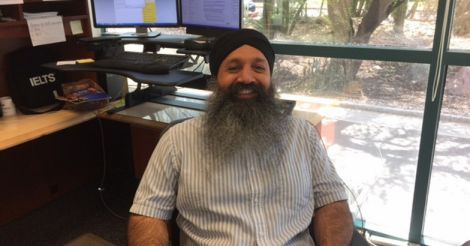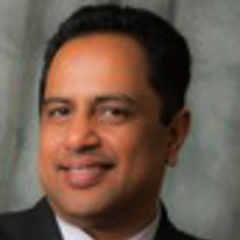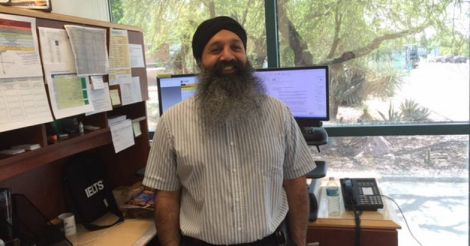Get out of your comfort zone and network, says Holly Singh, Sr. Director, at Arizona State University (ASU), currently enrolling the highest number of international students of any public university in America.
ASU has over 2,000 Indian students out of a total international student population of over 10,000 students.
Indian students pursue graduate courses focused on the Science, Technology, Engineering & Math (STEM) fields, that offer better employment prospects and substantially higher pay, preferring engineering, computer science and information technology.
In 2016, nearly 83 percent of all Indian students who came to the US opted for STEM degrees, the highest among any other country, according to data from the Student Exchange & Visitor Program (SEVP). Engineering was their favorite major, showing a 10 percent increase in enrollment over 2015.
Indian students are now finding their way to the United States from different parts of the world, with many coming from the Middle East, and Africa. They are attracted to Arizona largely because of the diverse course offerings at ASU and the state’s close proximity to tech hubs in California, Washington and Texas.
Also read: 8 things Keralite students aspiring to study in the US need to know
Many Indian students arrive with prior knowledge of employment opportunities that they typically identify through their pre-existing networks. Singh says they "need to get professional development coaching up front and have to select courses that give priority for a better future."
Singh wants Indian students to create a culture shift in how they interact and live with others. He sees them trying to stay confined to their ethnic groups. The Tamilians tend to stay with the Tamilians and the Andhraiites stay with students from their state. This is disadvantageous as they fail to network even within the Indian diaspora, let alone with American students and other international students on campus.
Also read: Launch more maker spaces, Kerala!
The Indian "ghettos" close to campus can easily be identified by the smell of dal fry. Singh is trying to get them out of their pods and wants them to concentrate more on networking and professional development as soon as they arrive on campus. He believes "early networking with others offers a huge advantage."

Affordability is a key factor among Indian students arriving to study in the US. In 2016, a total of 192,723 new and returned Indian students were studying in US campuses, showing a 28.5 percent increase over July 2015.
Despite the deluge, money is their greatest fear and worry as well. Some have pledged land back home, given huge collaterals to banks, and there are others who have taken other risks in pursuit of a better future.
Also read: Hillary vs Trump: The great American hunt for the lesser evil
And gone are the days of generous scholarships in the US. Graduate students will have to work as teaching or research assistants to make money that can offset their living costs. They can also find on-campus jobs, however, the pay can be just minimum wage in some instances.
In terms of employability, the trends are changing compared to the seventies and the eighties when lots of Indian students tried to hang around rather than leave. The growth of a substantial number of Indian-owned global conglomerates with footprints in the US and Europe now give them better opportunities to go back to India and earn substantial income. He has also seen a larger number of Indian female students arrive in the US to study and their numbers are on par with males.
According to Singh, Indian students see the "challenges of growing up with less and understand the value of money." Once they overcome that here after a little bit of struggle, they typically find good careers. And ASU plays a key role in providing an opportunity for students of different backgrounds to get a move up in life.
Singh's story itself is a true testimony of triumph over adversity. In 1991, he took a plane from New Delhi, India, to the United States with hopes of becoming a commercial pilot. He arrived during a time of turmoil as the skies were filled with the chaos of Desert Storm and there was uncertainty all around.
On arrival in America, Singh's life took a different turn. The college he had enrolled to study flying collapsed and he was forced to change course.
He joined Valparaiso University in Indiana and started his undergraduate and graduate studies there, working part-time and studying full-time. In 1998, he joined their international students office and grew up in ranks to become director and worked there for 25 years.
Today, he heads up international student operations for ASU, the leading American public university with the largest intake of students from around the globe.
Dreams, after all, can be realized.
(Sarat Pratapchandran is a US-based writer whose career spans content management, philanthropy and corporate social responsibility. A master’s in mass communication from the Walter Cronkite School of Journalism at Arizona State University and Kerala University, he now works as a fund raiser for a major US-based health sciences university)

























 Holly Singh
Holly Singh